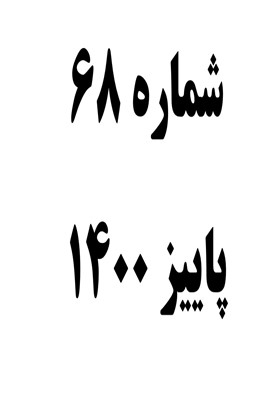Prioritization of guidance descriptions in Iranian higher education according to the publication of the teaching model
Subject Areas : Educational Sciencenika salami 1 , reza sorani 2 , mahmoud haghani 3
1 - l
2 - Department of Management, Faculty of management, west Tehran Branch, Islamic Azad University, Tehran, Iran.
3 - of Educational management, Faculty of Educational Sciences and Psychology, SHAHID BEHESHTI, TEHRAN, Iran
Keywords: Higher Education, traditional teaching patterns, new teaching patterns,
Abstract :
The main purpose of this study is to prioritize the effective factors in Iranian higher education based on the best teaching model. The statistical population was all education experts who in the first part 17 experts and in the second part 20 experts participated in this study. The sampling method was purposeful. The research method is descriptive survey and correlation to examine the effectiveness of the components. The measurement tool was two questionnaires of pairwise comparisons. The data of the first questionnaire related to the components of higher education were used by Demetel technique (Atlas software) and for the second questionnaire related to teaching patterns, fuzzy TOPSIS method was used. Components of socio-cultural commitments, professors and political factors ranked first to third in terms of effectiveness of evaluation components, staff and the type and structure of the organization ranked first to third in terms of effectiveness. Also, individual teaching models were considered the best model for successful teaching and traditional teaching models were considered the worst model. The results show that teachers in universities should try to learn and improve the level of other models while strengthening traditional teaching patterns. Managers and policy makers should seek to improve the culture of universities by using modern teaching models.
_||_


